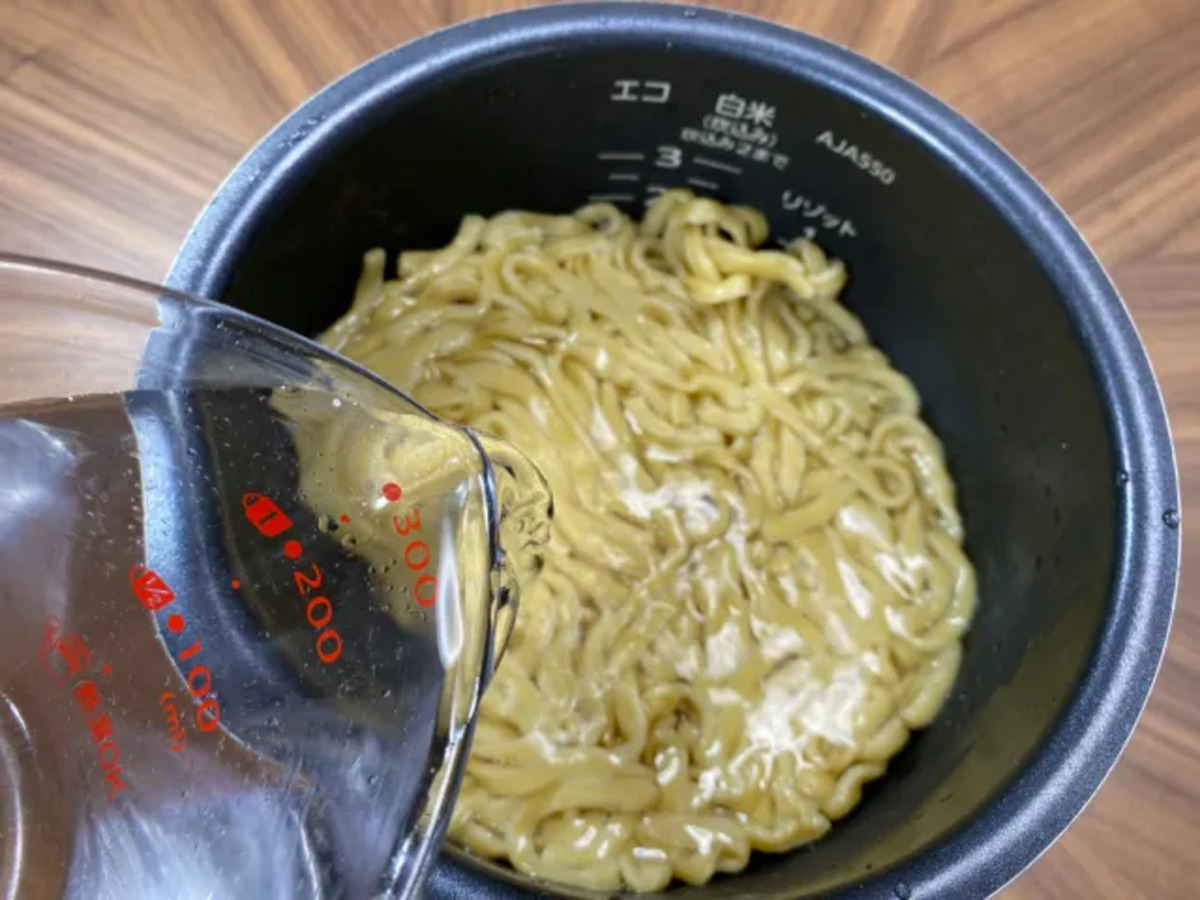

Articles
How Long To Cook Ramen In Rice Cooker
Modified: August 27, 2024
Find out the perfect cooking time for ramen in a rice cooker with this helpful article. Learn how to cook delicious ramen noodles effortlessly.
(Many of the links in this article redirect to a specific reviewed product. Your purchase of these products through affiliate links helps to generate commission for Storables.com, at no extra cost. Learn more)
Introduction
When it comes to cooking ramen, most people reach for a pot on the stovetop. However, did you know that you can also cook delicious ramen noodles in a rice cooker? Yes, that’s right! The same device you use to cook fluffy rice can also be used to create a tasty bowl of ramen.
Using a rice cooker to make ramen not only saves you time and effort but also ensures that your noodles are perfectly cooked every time. Whether you prefer the classic instant ramen or want to experiment with different ramen variations, a rice cooker can be a versatile tool in your kitchen.
In this article, we will guide you through the process of cooking ramen in a rice cooker. We’ll cover everything from understanding the rice cooker itself to prepping the ingredients, adjusting cooking times, and adding flavorful toppings. So, let’s dive in and learn how to create a satisfying bowl of ramen with the help of your trusty rice cooker.
Key Takeaways:
- Transform your rice cooker into a versatile tool for creating delicious ramen, saving time and effort while ensuring perfectly cooked noodles and flavorsome broth.
- Customize your homemade ramen with various toppings and flavorings, achieving the perfect consistency and flavor to suit your personal preferences. Enjoy the delightful experience of making and savoring your very own ramen creation.
Understanding the Rice Cooker
Before we jump into the process of cooking ramen in a rice cooker, it’s essential to understand how this kitchen appliance works.
A rice cooker is a countertop appliance designed to simplify the process of cooking rice. It utilizes a combination of heat and steam to cook rice to perfection. Typically, a rice cooker consists of a pot, an inner cooking pot, heating elements, and a thermal sensor that regulates the temperature.
When you turn on the rice cooker, it starts to heat up and bring the water inside the pot to a boil. Once the water reaches a boiling point, the rice cooker automatically switches to a lower heat setting to maintain a gentle simmer. This ensures that the rice cooks evenly and avoids any burnt or undercooked grains.
The inner pot of a rice cooker usually has measurement markings, so you can easily add the right amount of water for cooking rice. However, when it comes to cooking ramen, you may need to adjust the water-to-noodle ratio, depending on your preference.
It’s also worth noting that rice cookers come with different settings, such as a basic cook function, a warm function to keep the cooked rice warm, and sometimes even a steam function for cooking vegetables or other ingredients. These settings will vary depending on the brand and model of your rice cooker.
Now that we have a basic understanding of how a rice cooker works, let’s move on to preparing the ramen ingredients to ensure a delicious bowl of homemade ramen noodles.
Prepping the Ramen Ingredients
Before you start cooking ramen in your rice cooker, it’s important to gather and prep all the necessary ingredients. Here’s a list of ingredients commonly used in ramen:
- Ramen noodles: You can use store-bought instant ramen noodles or fresh noodles if available.
- Broth: The base of your ramen can be either a homemade broth or a packaged ramen seasoning packet.
- Protein: Popular protein options include sliced chicken, shrimp, pork, tofu, or even a soft-boiled egg.
- Vegetables: Consider adding some vegetables like sliced mushrooms, spinach, corn, or green onions to enhance the flavor and nutrition of your ramen.
- Seasonings: Additional seasonings like soy sauce, miso paste, garlic, ginger, or chili paste can be used to elevate the taste of your ramen.
- Toppings: Various toppings like nori seaweed, sesame seeds, chopped cilantro, or a drizzle of sesame oil can add a finishing touch to your ramen.
Once you have gathered all the ingredients, it’s time to start prepping them. Begin by boiling water in a kettle or on the stovetop to use later in the rice cooker. Additionally, wash and prepare any vegetables and protein you plan to include in your ramen.
If you’re using fresh ramen noodles, you can cook them according to the package instructions and set them aside. However, if you’re using instant ramen noodles, you can discard the seasoning packet and set the noodles aside for now.
Now that your ingredients are prepped and ready, it’s time to move on to the next step: cooking ramen in your rice cooker.
Cooking Ramen in a Rice Cooker
Now that your ramen ingredients are prepped and ready to go, let’s dive into the process of cooking ramen in a rice cooker.
Here’s a step-by-step guide to follow:
- Start by pouring the prepared boiling water into the inner cooking pot of your rice cooker. The amount of water you add depends on the desired consistency of your ramen broth. A general rule of thumb is to add about 2 cups of water for every serving of ramen.
- If you’re using a packaged ramen seasoning packet, add it to the water and give it a stir. This will infuse the broth with flavor right from the start. If you’re using a homemade broth, you can skip this step.
- Next, add your protein of choice, such as thinly sliced chicken, shrimp, or tofu, into the rice cooker. If you’re using raw meat, make sure to cut it into small, bite-sized pieces to ensure it cooks through.
- Now, add any vegetables you want to include in your ramen. This could be sliced mushrooms, spinach, corn, or green onions.
- If desired, add additional seasonings like soy sauce, miso paste, garlic, ginger, or chili paste to enhance the flavor of your broth. Feel free to adjust the quantities according to your taste preferences.
- Give the ingredients a gentle stir, making sure everything is well combined. Close the lid of the rice cooker and select the “Cook” function to start the cooking process.
- Allow the ramen to cook for approximately 10-15 minutes, or until the protein is cooked through, and the vegetables are tender. The cooking time may vary depending on the type and quantity of ingredients, as well as the specific model of your rice cooker.
- Once the ramen is cooked to your desired consistency, it’s time to add the noodles. If using instant ramen noodles, break them into smaller pieces and add them to the rice cooker. Give it a gentle stir to submerge the noodles in the broth.
- Cover the rice cooker and let the noodles cook for an additional 3-5 minutes, or until they are al dente.
Once the noodles are cooked, your homemade ramen is ready to be served. But before you dig in, let’s talk about adjusting cooking times for different ramen varieties.
Adjusting Cooking Time for Different Ramen Varieties
Ramen comes in various forms, from instant noodles to fresh noodles and even dried noodles. Each type may require different cooking times in your rice cooker. Here are some guidelines to help you adjust the cooking time based on the ramen variety:
Read more: How Long Should I Cook Rice In A Rice Cooker
Instant Ramen Noodles:
If you’re using instant ramen noodles, they typically cook quickly and don’t require much time in the rice cooker. Follow the instructions on the package for cooking the noodles separately, and then add them to the cooked broth in the rice cooker. Allow them to simmer for a couple of minutes to absorb the flavors before serving.
Fresh Ramen Noodles:
If you have access to fresh ramen noodles, they usually require a shorter cooking time compared to dried noodles. Cook the broth and other ingredients first in the rice cooker, and then add the fresh noodles towards the end. Let them cook for a few minutes until tender but still slightly chewy.
Dried Ramen Noodles:
Dried ramen noodles take longer to cook and may require additional water. Add the dried noodles to the rice cooker along with the broth and other ingredients. You may need to extend the cooking time to ensure the noodles are fully cooked. Check the package instructions for the recommended cooking time and adjust accordingly.
Keep in mind that these cooking time guidelines are general suggestions, and you may need to experiment and make adjustments based on your rice cooker’s specific settings and the desired texture of your ramen noodles. It’s always a good idea to taste test along the way to ensure the noodles are cooked to your preference.
Now that you know how to adjust cooking times, let’s move on to achieving the perfect consistency for your ramen.
Achieving the Perfect Consistency
The consistency of your ramen broth plays a crucial role in the overall enjoyment of your dish. It should be rich, flavorful, and have the right balance between thickness and lightness. Here are some tips to help you achieve the perfect consistency for your homemade ramen:
Read more: How Long To Cook Rice In A Tiger Rice Cooker
Controlling the Broth Thickness:
If you prefer a thicker and creamier broth, you can adjust the amount of water added to the rice cooker. Start with the recommended amount and gradually add more if needed. You can also thicken the broth by simmering it uncovered for a few extra minutes to evaporate some of the water and concentrate the flavors.
On the other hand, if you prefer a lighter and more soupy broth, you can add a bit more water or broth to the rice cooker. This will dilute the flavors slightly and create a thinner consistency.
Reducing the Broth:
If you find that your broth is too watery or bland, you can reduce it by cooking it for a longer period in the rice cooker. This will allow the flavors to intensify and the liquid to evaporate, resulting in a more concentrated and flavorful broth.
Seasoning to Taste:
The seasoning is another important factor in achieving the perfect consistency for your ramen. Taste the broth as it cooks and adjust the seasonings accordingly. If it lacks flavor, you can add more soy sauce, miso paste, or other seasonings. However, be cautious not to overdo it, as you can always add more later if needed.
Remember, achieving the perfect consistency is a matter of personal preference, so feel free to experiment and make adjustments along the way. Once you’ve achieved the desired texture and flavor, it’s time to enhance your ramen with additional toppings and flavorings.
Let’s explore some exciting options for adding flavor and toppings to elevate your homemade ramen.
Adding Flavor and Toppings
While the broth and noodles are the heart of your ramen, adding flavorful toppings can take it to a whole new level. Here are some delicious options to consider:
Toppings:
- Nori seaweed: Thin sheets of dried nori seaweed can add a slightly salty and umami taste to your ramen. Simply tear or cut them into smaller pieces and sprinkle them on top.
- Sesame seeds: Toasted sesame seeds provide a nutty flavor and a hint of crunchiness. Sprinkle them over your ramen for an added depth of taste.
- Chopped green onions: Fresh green onions add a mild onion flavor and a vibrant pop of color. Slice them thinly and sprinkle them generously on top of your ramen.
- Chopped cilantro: If you enjoy the distinct flavor of cilantro, chop it up and use it as a garnish. Its fresh and herbaceous taste can complement the rich flavors of the broth.
- Sliced mushrooms: Whether it’s shiitake, oyster, or enoki mushrooms, sautéed or raw, mushrooms add an earthy and savory element to your ramen. Slice them thinly and add them as a topping.
Additional Flavorings:
- Soy sauce: A drizzle of soy sauce can enhance the savory profile of your ramen. Add it sparingly and adjust to taste.
- Sesame oil: A few drops of sesame oil can add a distinct nutty flavor and aroma to your ramen. Be careful not to overpower the dish with too much, as it can be quite strong.
- Chili paste or hot sauce: For those who like a spicy kick, a dollop of chili paste or a dash of hot sauce can add heat and depth to your ramen.
- Lime or lemon juice: A squeeze of fresh lime or lemon juice can brighten up the flavors of your ramen. It adds a tangy and refreshing element that complements the richness of the broth.
- Soft-boiled egg: A perfectly cooked soft-boiled egg with a gooey yolk can be a luxurious addition to your ramen. Slice it in half and place it on top for an extra indulgence.
Feel free to mix and match toppings and flavorings to create your own unique ramen experience. The beauty of homemade ramen is that you have full control over the ingredients and can cater it precisely to your taste.
With your ramen prepared and customized to perfection, it’s time to serve it up and enjoy the fruits of your culinary adventure. Let’s move on to the final step: serving and savoring your delicious homemade ramen.
Serving and Enjoying Your Homemade Ramen
Now that your homemade ramen is ready, it’s time to serve it up and indulge in this comforting and flavorful dish. Here are some tips for serving and enjoying your delicious ramen:
Plating the Ramen:
Start by ladling the cooked ramen noodles, broth, and toppings into individual serving bowls. Make sure to distribute the ingredients evenly for a balanced presentation. If desired, you can also pre-warm the bowls to keep the ramen hot for a longer period.
Garnishing and Final Touches:
Before serving, add any final garnishes or flavorings to enhance the visual appeal and taste of your ramen. Sprinkle some chopped green onions, sesame seeds, or nori seaweed on top. Squeeze a touch of lime juice or drizzle some sesame oil for an added burst of flavor.
Enjoying the Ramen Experience:
Sit down, take a deep breath, and savor the aroma wafting from your bowl of ramen. Use chopsticks and a spoon to enjoy the different components of the dish. Take your time to appreciate the flavors, textures, and combinations of the broth, noodles, protein, and toppings.
Feel free to slurp your noodles! In many Asian cultures, slurping is not only allowed but also encouraged as a way to express enjoyment and to cool down the hot noodles.
Pair your ramen with a refreshing drink such as green tea, iced tea, or a cold beer to complement the rich and savory flavors. Additionally, some people like to serve a side of pickled vegetables or kimchi to add a tangy and crunchy element to their ramen experience.
Customizing to Your Likings:
Remember, homemade ramen is highly customizable. You can adjust the flavors, thickness of the broth, and the toppings according to your preferences. Don’t be afraid to experiment and make it your own.
Whether you’re enjoying a cozy dinner at home, hosting a ramen party with friends, or simply craving a delicious and comforting meal, serving and savoring your homemade ramen is a delightful experience.
Now that you’re equipped with the knowledge of cooking ramen in a rice cooker, go ahead and explore different ramen varieties, get creative with your toppings, and enjoy the satisfaction of a delicious bowl of homemade ramen.
Congratulations, you’re now a ramen chef in your own kitchen!
Conclusion
Cooking ramen in a rice cooker opens up a world of possibilities for creating delicious and satisfying bowls of ramen right in the comfort of your own home. With the convenience and versatility of a rice cooker, you can achieve perfectly cooked noodles and flavorsome broth without the need for multiple pots and pans.
Throughout this article, we’ve covered the essentials of cooking ramen in a rice cooker, from understanding how the rice cooker works to prepping the ingredients, adjusting cooking times, and adding flavorful toppings. With a bit of practice and experimentation, you can create your own signature ramen recipe that suits your taste preferences.
Remember, achieving the perfect consistency and flavor is a matter of personal preference. Feel free to customize your ramen by adjusting the thickness of the broth, experimenting with different toppings, and adding your preferred flavorings. The beauty of homemade ramen is that you have the creative freedom to tailor it to your liking.
So, next time you’re craving a comforting and delicious bowl of ramen, don’t hesitate to reach for your trusty rice cooker. With a few simple steps, you can enjoy a flavorful and satisfying meal that will rival any restaurant-made ramen.
Now it’s time to embark on your ramen-making journey. Gather your ingredients, fire up your rice cooker, and let your creativity flow as you enjoy the delightful experience of making and enjoying your very own homemade ramen. Happy cooking!
Frequently Asked Questions about How Long To Cook Ramen In Rice Cooker
Was this page helpful?
At Storables.com, we guarantee accurate and reliable information. Our content, validated by Expert Board Contributors, is crafted following stringent Editorial Policies. We're committed to providing you with well-researched, expert-backed insights for all your informational needs.
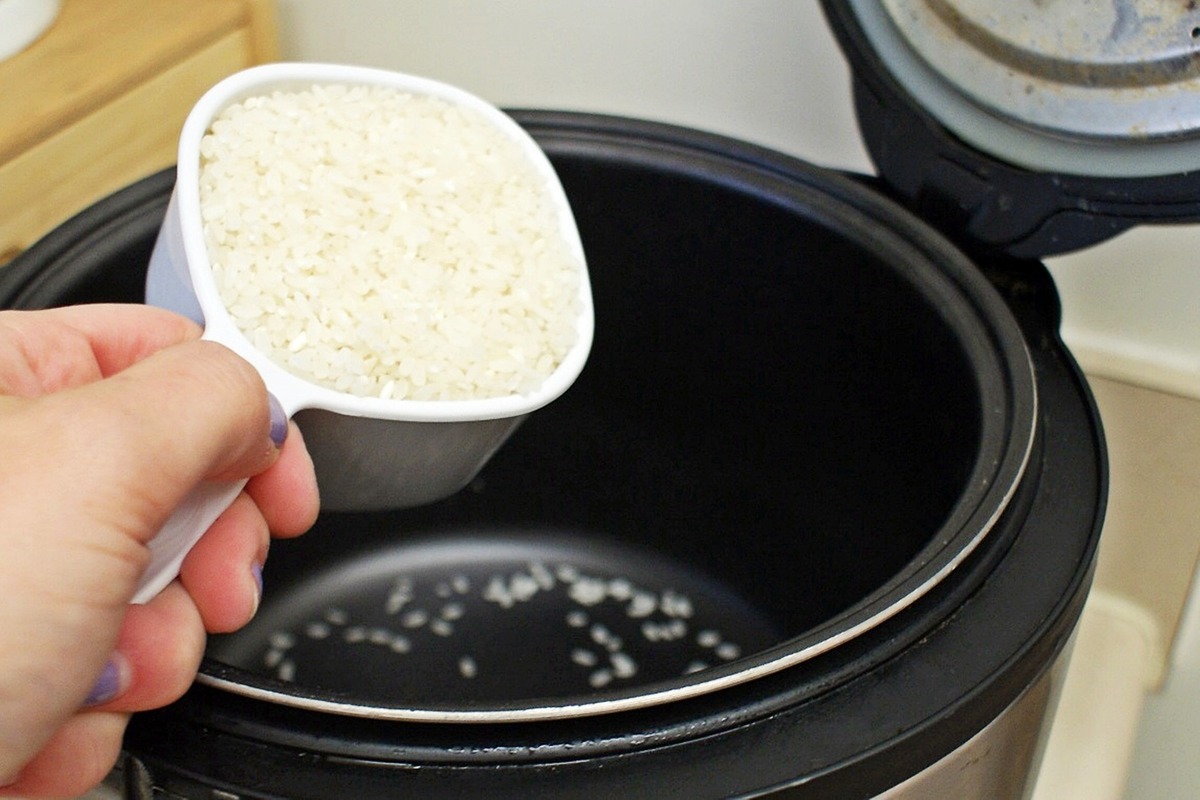
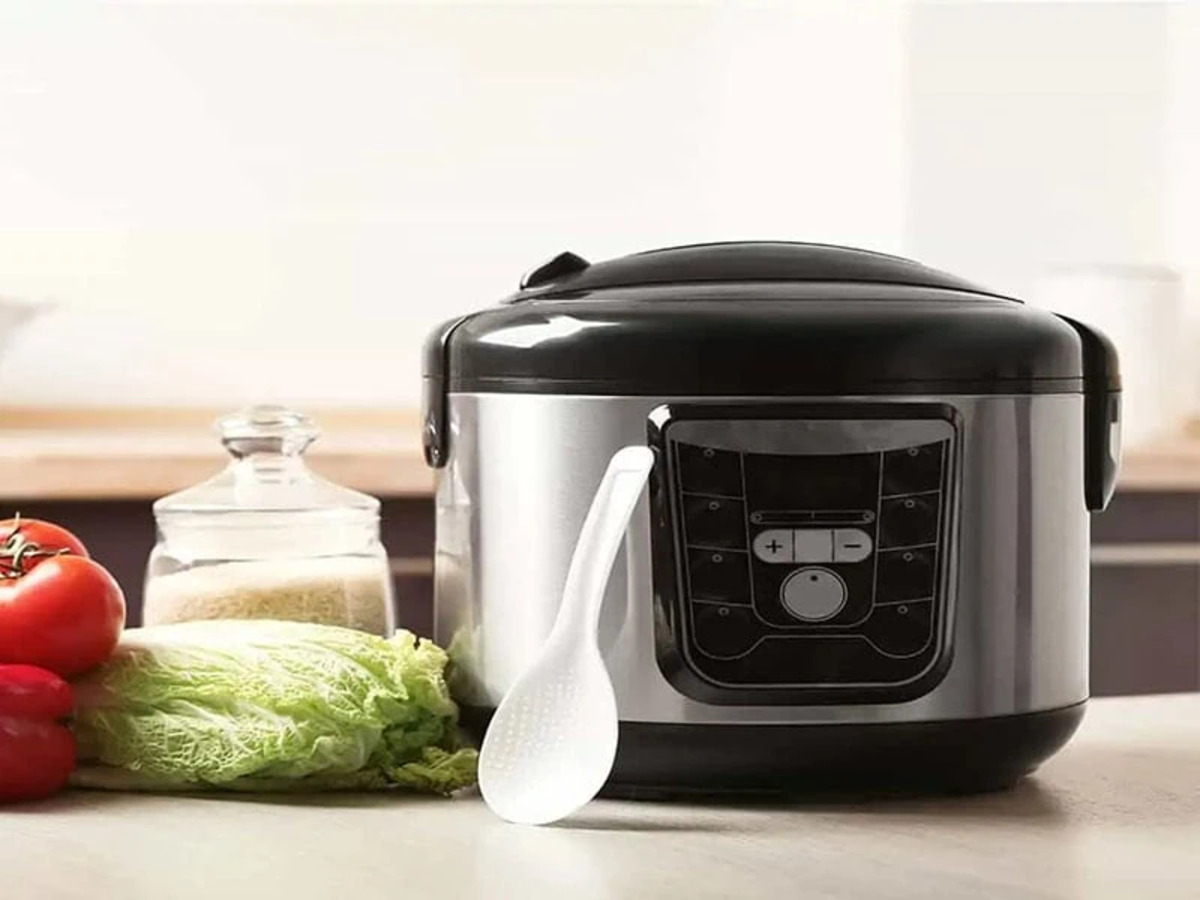
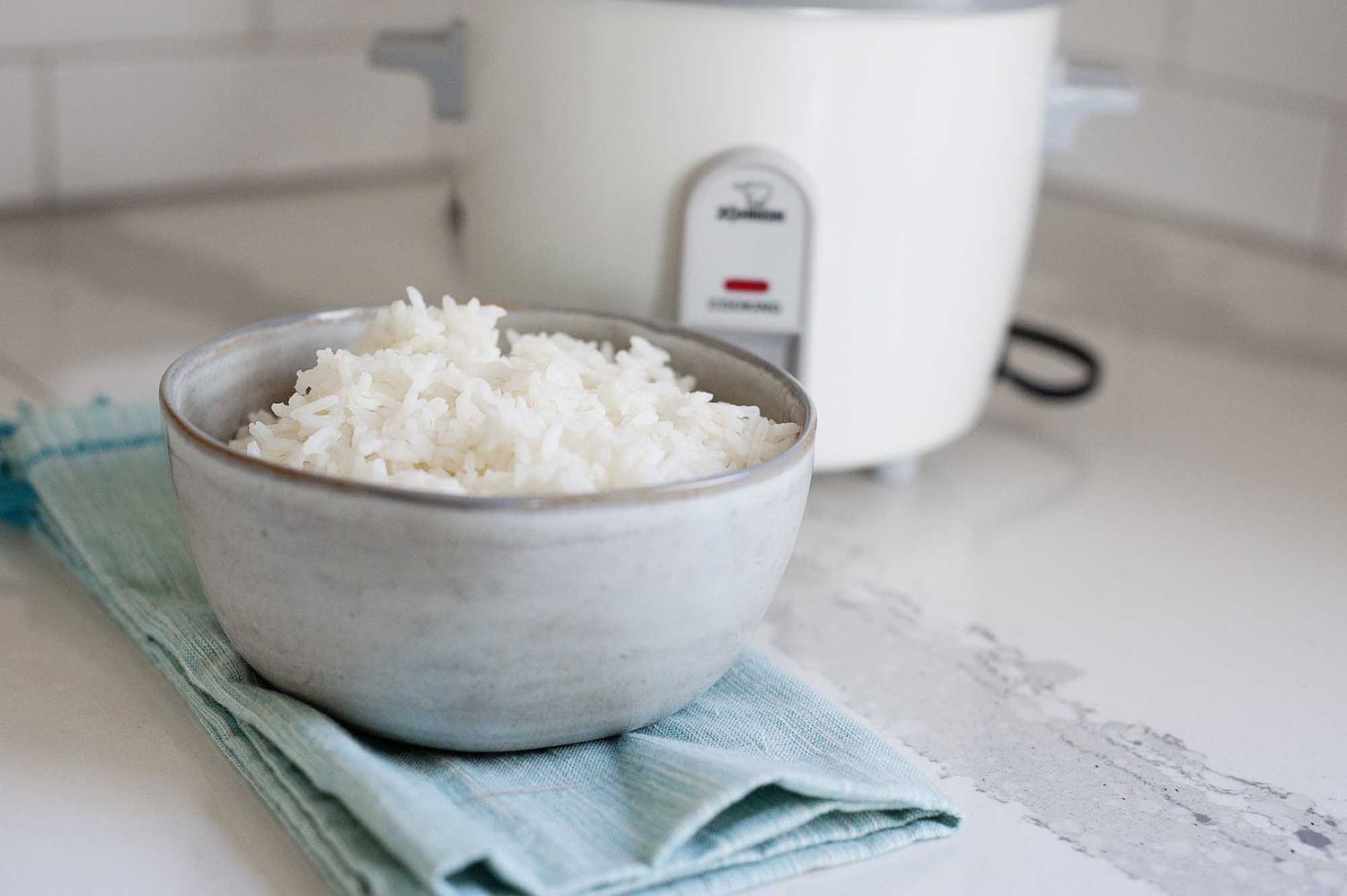
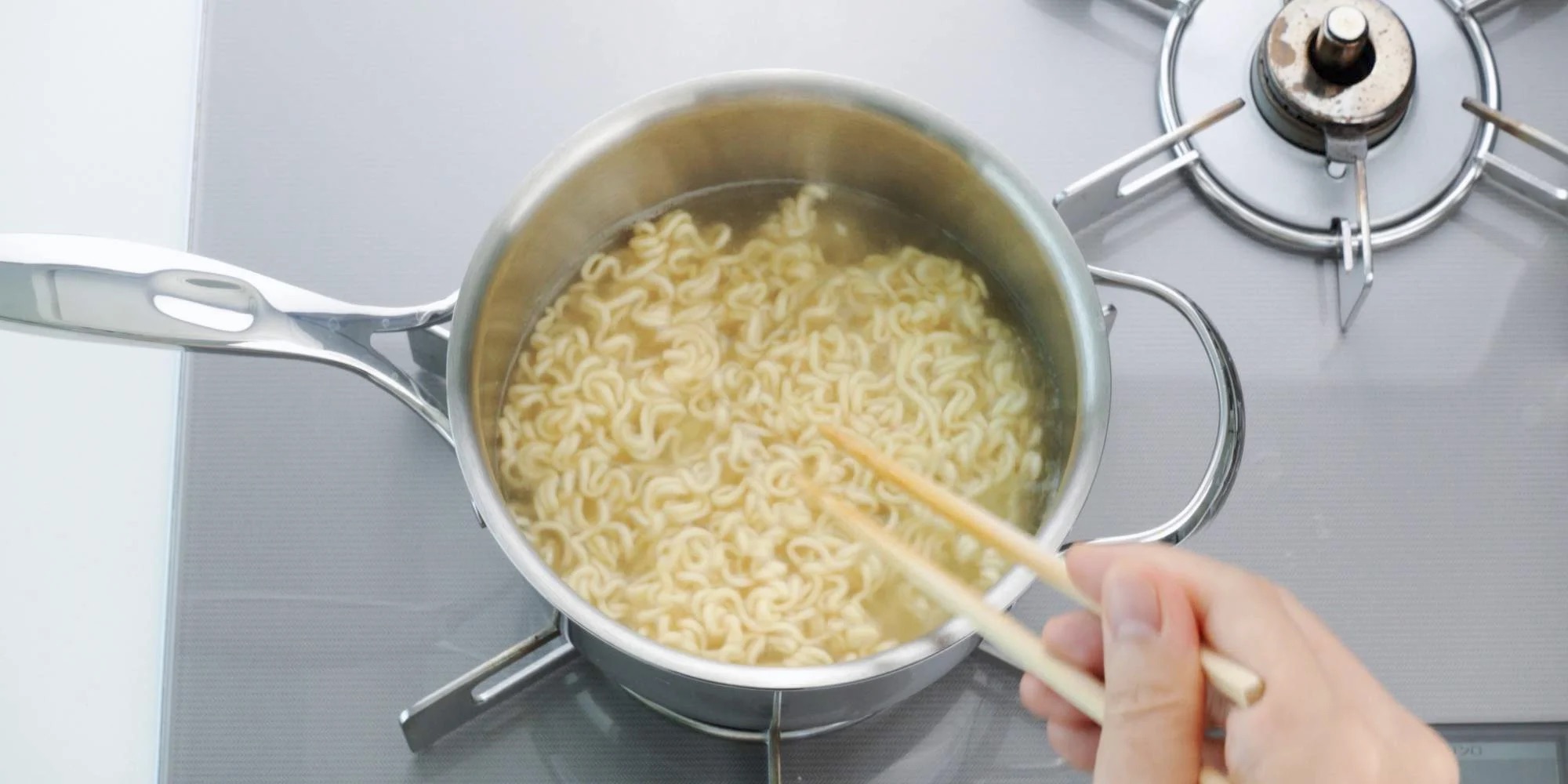

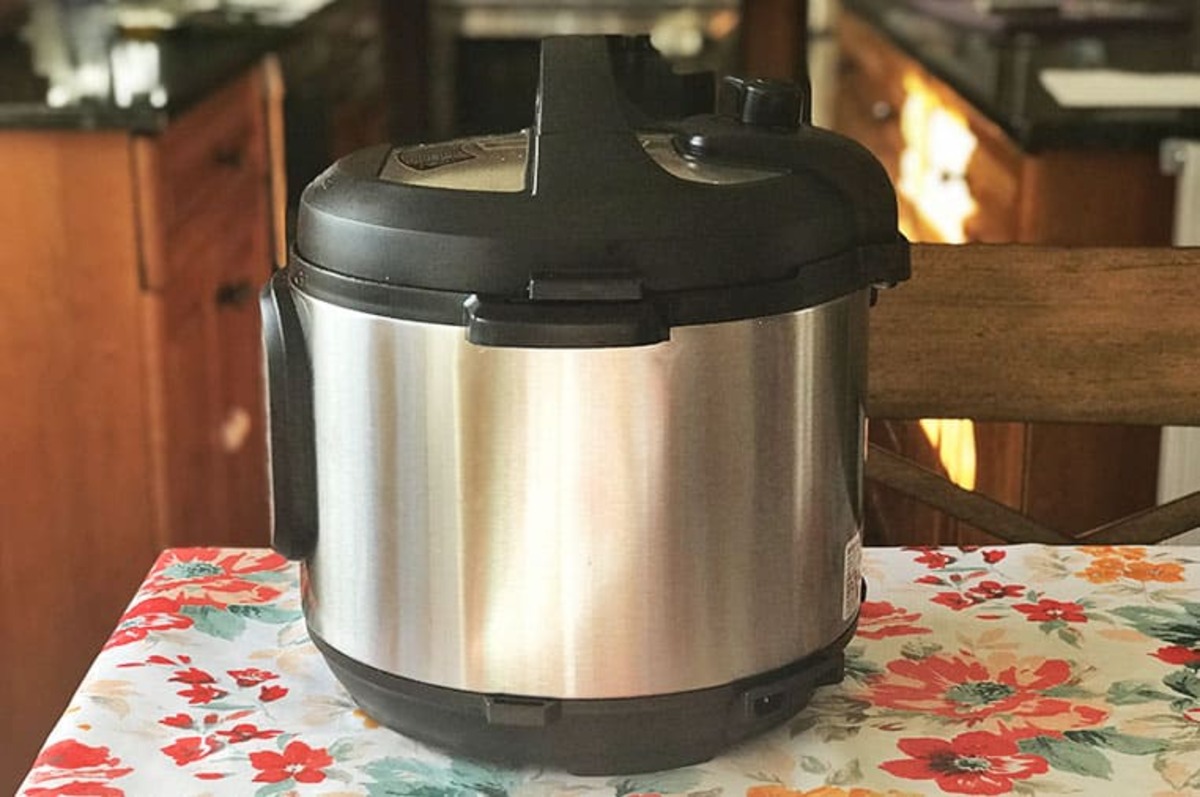
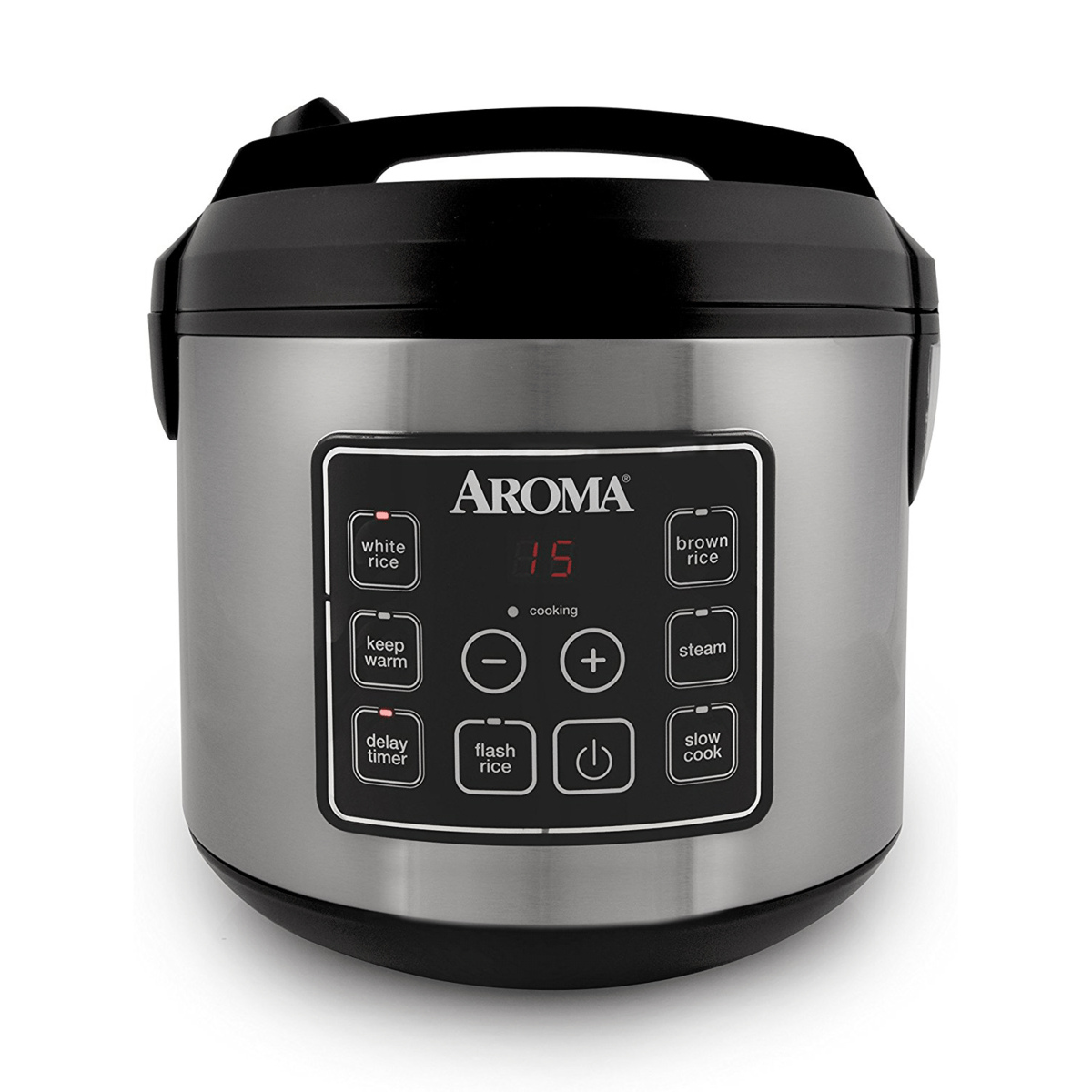

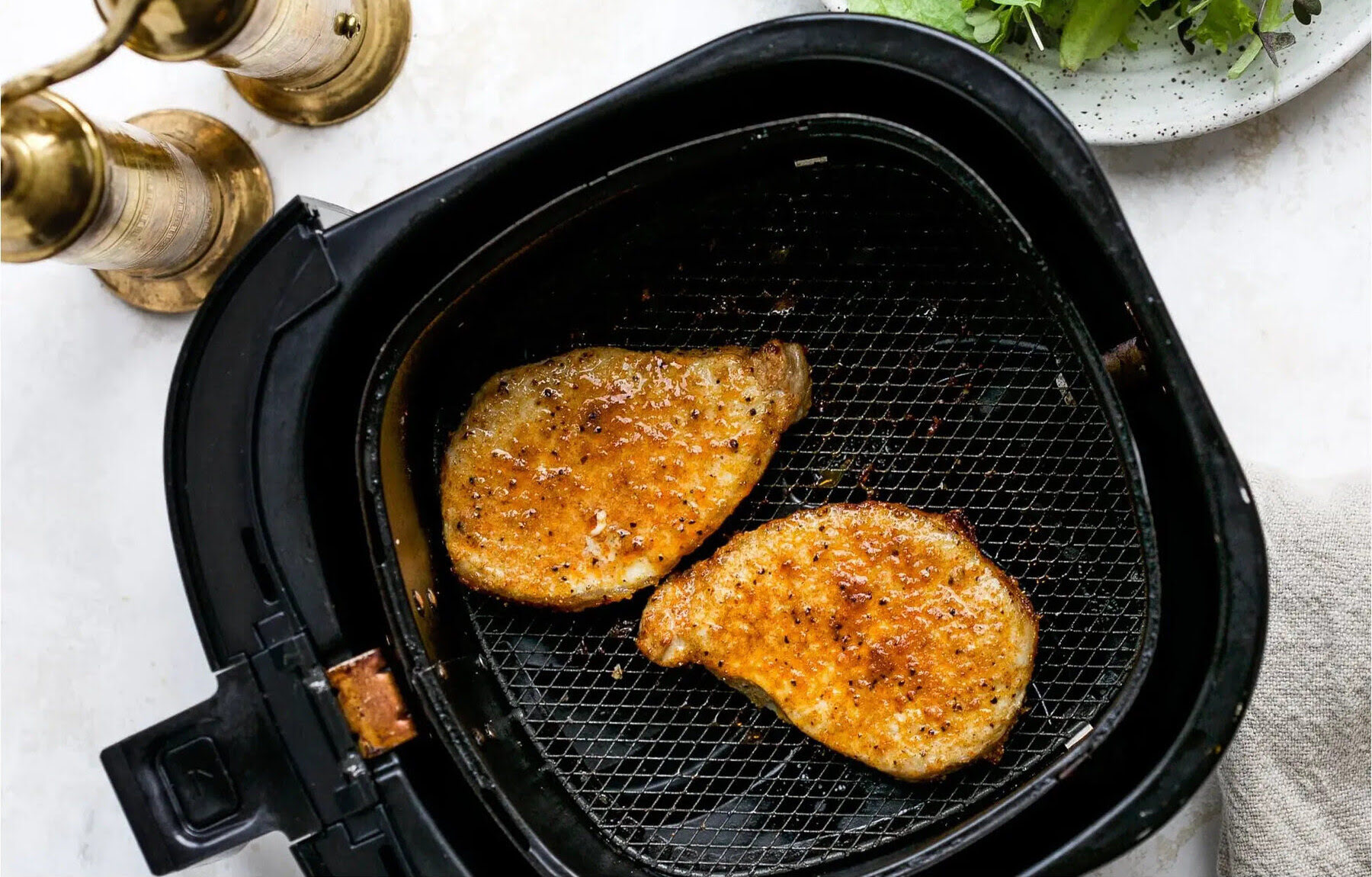
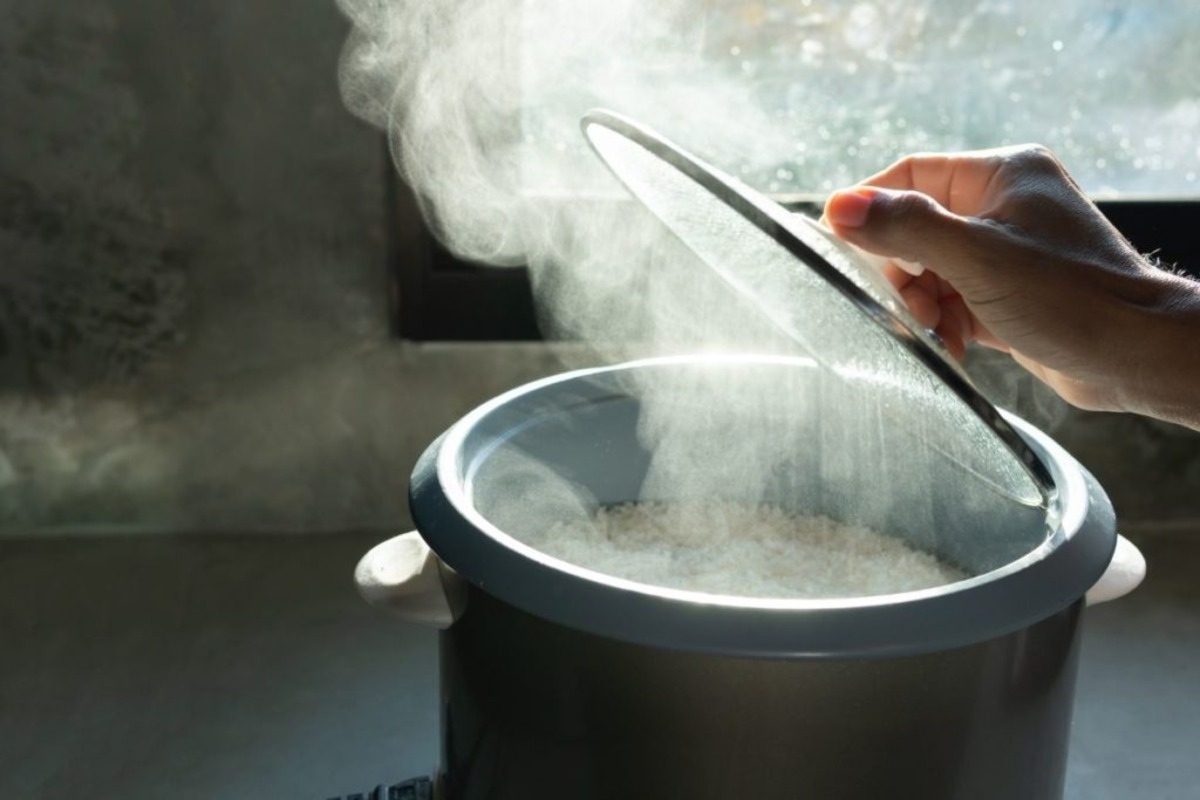


0 thoughts on “How Long To Cook Ramen In Rice Cooker”